Overview
Map
Other Details
كنيسة سيّدة المعونات حارة المير
Zouk Mkayel
Keserwan
Mount Lebanon
كنيسة سيّدة المعونات حارة المير - ذوق مكايل سنة ١٨٥٠ إشترى الشيخ عبّاس الخازن حجارةً مقصوبةً لبناء حارته. خلال ثورة الفلاّحين صادر الثوّار الحجارة بأمر قائدهم الياس المنيّر وبنوا بها كنيسةً رعائيّةً حتّى لا تصير مُطالبة بالحجارة، فجاء البناء عقدًا سريريًّا. رُمّمت الكنيسة أواخر القرن العشرين وهي تحوي العديد من اللوحات المحليّة. The Church of Our Lady of Perpetual Help - Haret el Mir, Zouk Mikael It was built using building stones that were originally purchased by Sheikh Abbas el Khazen in 1850 for the construction of his mansion. However, during the peasant revolution of 1858, a group of revolutionaries led by Elias el Mnayyar confiscated the stones and used them to build a cross-vaulted church. As the stones were used to build a parochial church, no one could claim ownership over them. The church features many locally made paintings and was renovated at the end of the 20th century.
Visited 5329 times, 7 Visits today



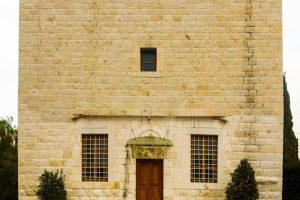
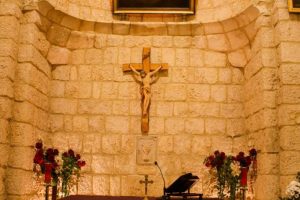

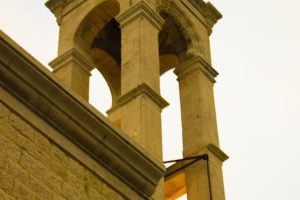
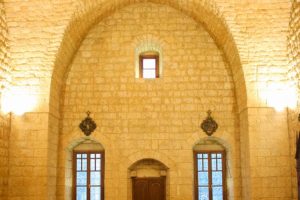

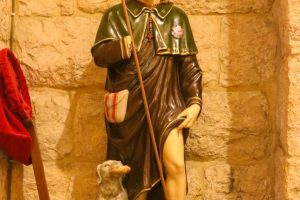
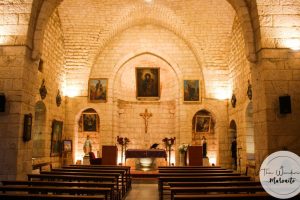

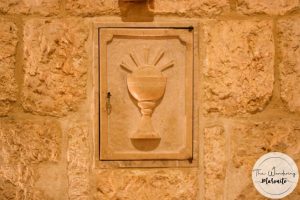

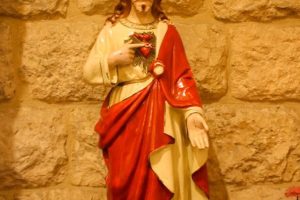
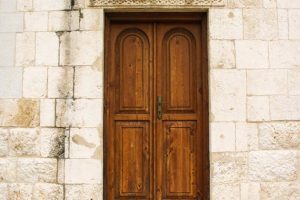













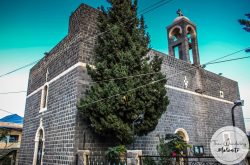
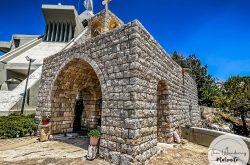
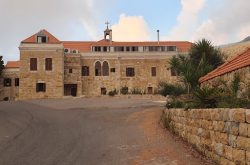
Reviews are disabled, but trackbacks and pingbacks are open.